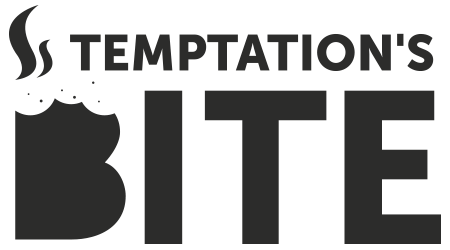Looking for:
Windows server 2016 standard vs enterprise vs datacenter free. Standard and Datacenter Windows Server 2016 Versions: Overview

Lenovo has proven experience in developing and delivering Microsoft-based solutions that help customers modernize and simplify their IT infrastructure to dramatically drive down operating costs and open the door to cutting-edge innovations. Amongst popular and high demand Azure Services are:. Servers are licensed based on the number of processor cores in the physical server.
Microsoft offers free Windows Server licenses to VMware switchers | ZDNET
While you can disable this Wizard, the system is really meant to be used with it. Essentials is also good for one virtual instance on any other hypervisor.
CPU based. Standard is ideal for any company or individual that that needs advanced features but will still not be virtualizing heavily. Core based. CALs are required for every user or device that connects indirectly or directly to the server. For example, if you use the server as a file server you will need a CAL for every user account or computer that access that file server on the network. Datacenter is ideal for any company that is highly virtualized. You purchasing licensing according to how many cores your hosts have that any VM running Datacenter can live on run or potentially run on after a vmotion.
If you have a low number of hosts and subsequently cores and high number of potential VMs then this license is a no brainer. Unlimited virtual machines or Hyper-V containers. At that point you can spin up as many VMs on those hosts as your heart desires using whatever roles you want.
Core Based. CALs are required for every user or device that connects indirectly or directly to the servers in your environment.
Within the Standard and Datacenter editions of Server there are also different installation options you can choose. These versions affect what features are available after install such as the presence of a GUI and a multitude of services. The installation options are:. Desktop Experience is the install option most people are familiar with. This options installs the most features and roles out of the box including the desktop GUI interface. The benefit is the system may be easier to manage for people used to using a GUI.
The drawback is you have more updates, reboots, and open ports to deal with. Server Core lacks a gui and few roles that are installed by default under the Desktop Experience option. Server Core has a smaller disk footprint, and therefore a smaller attack surface due to a smaller code base.
With a whole set of our features, you can ensure utmost data protection, improve backup performance, offload your network, and minimize expenses.
Before proceeding to the comparison of Windows Server versions, let’s take a quick glance over the basic features the two editions share. Of course, the entire list is not limited to the features outlined below, though the following definitely deserve special attention. New in , this is a server operating system with remote administration, designed for private clouds and datacenters.
It is compact consumes little more than MB of disk space and approximately MB of memory , fast to set up, and largely undemanding when it comes to updates and system restarts. This solution provides a way to create a highly scalable software-defined storage unit with basic features of a traditional SAN or NAS, all while still staying within your budget. The technology relies on industry-standard servers with local-attached drives, and includes features such as caching, storage tiers, and erasure coding.
There are two deployment options available: hyper-converged and converged, which greatly simplifies the deployment process. This technology enables you to upgrade the operating system of cluster nodes without needing to stop the Hyper-V or Scale-Out File Server workloads that are running on the nodes. Put differently, this is a way to help minimize if not fully avoid downtimes. This functionality requires neither any additional hardware to use, nor the presence of a new cluster, and the upgrade process can be reversed unless you choose the “point-of-no-return”.
This edition is a good choice for companies with small-to-medium IT infrastructure that are seeking a robust and efficient system. As the name implies, the Datacenter Edition suits companies with heavy workloads, large virtual infrastructures, and high IT requirements.
To further maximize efficiency, set up a schedule of your backup jobs to ensure that you avoid overlaps and reduce the risks from manual handling.
At the time of release, Windows Server provided the market with quite a wide range of new features.
